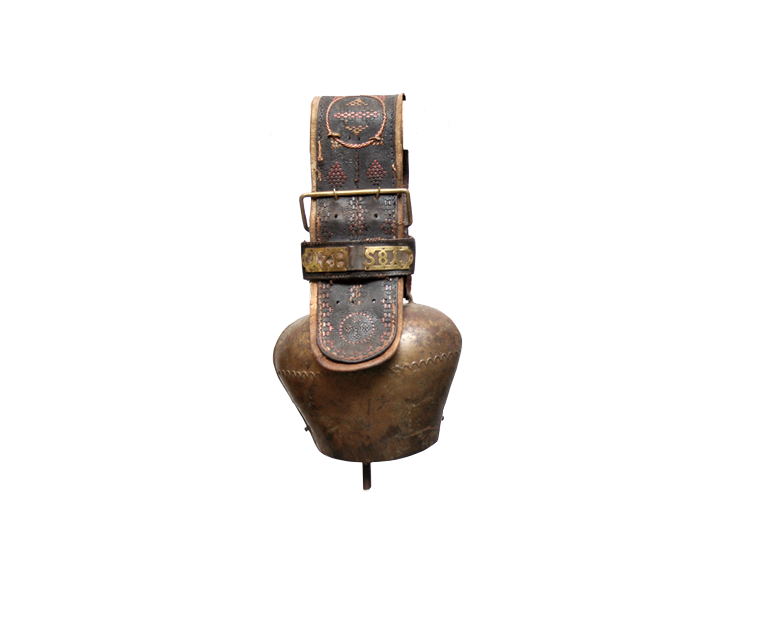


A trip to the hilly Appenzell region is well worthwhile – not least for the glorious view of the Alpstein massif. The ambience of Appenzell is palpable and helps many a visitor to rediscover an otherwise lost feeling of authenticity.
Everyday life in Appenzell continues to be shaped by the work of the Alpine herdsmen and dairymen, and by skilled crafts and trades. Customs and traditions are well established among the population and are passed on with pride from generation to generation.
This region, where an Alpine blessing is called down into the valley in the evenings to protect people and animals from harm, is the birthplace of a host of stories and secrets.


